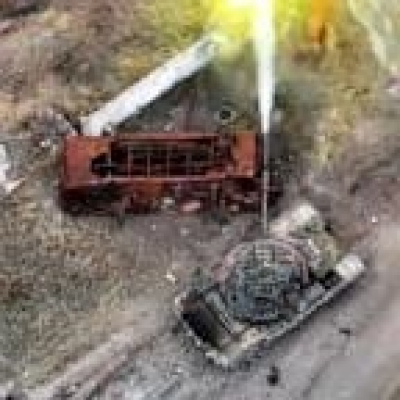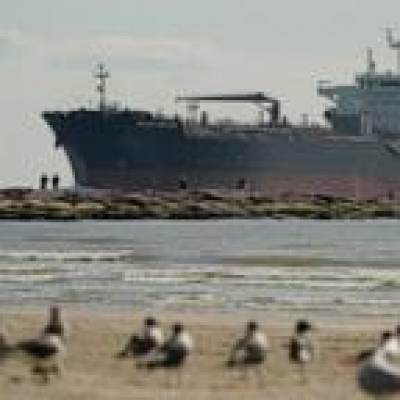Iceland's Southwest Volcano Erupts Again: Fourth Incident Since December Sparks Evacuation
Iceland's southwestern coast witnessed another volcanic eruption on Saturday, marking the fourth instance since December, triggering evacuation protocols, officials confirmed. The eruption commenced between Mt. Hagafell and Mt. Stóra Skógfell at 20:23 UTC, with a rapid formation of a "2.9-km-long fissure," according to the Icelandic Meteorological Office.
The lead-up to the eruption was short," stated Iceland's Department of Civil Protection and Emergency Management, announcing a state of emergency in response. Initial warnings were received at 19:43 UTC, with confirmation via web cameras 40 minutes later, the Icelandic Meteorological Office reported. Describing the eruption as "effusive," emitting predominantly steam and gas, authorities are closely monitoring its progression.
Initial assessments suggest this eruption exhibits the highest magma discharge among the four recent eruptions from the Sundhnúkur crater row, the Icelandic Meteorological Office revealed. Lava flow is directed westwards toward the Svartsengi region and southeast towards Grindavík, prompting evacuation of the 4,000 residents in the fishing town, along with closure of the nearby Blue Lagoon geothermal spa.
This latest fissure mirrors the previous eruption on Feb. 8, with notable similarities in location, according to authorities. The Jan. 14 eruption, in close proximity, resulted in lava entering Grindavik, causing destruction. Preceding incidents, including the Dec. 18 eruption, were accompanied by extensive seismic activity, underscoring the volatile nature of the region.
In conclusion, the recurring volcanic activity on Iceland's southwestern coast underscores the region's dynamic geological landscape and the ongoing risks faced by nearby communities. With the fourth eruption since December prompting evacuations and emergency declarations, authorities are diligently monitoring the situation to ensure the safety of residents and visitors. The parallels with previous eruptions highlight the unpredictable nature of volcanic activity, emphasizing the need for robust emergency preparedness measures and ongoing vigilance. As the affected areas navigate the immediate challenges posed by the eruption, concerted efforts in monitoring, response, and community support remain crucial in mitigating the impact of such natural events on local populations.











